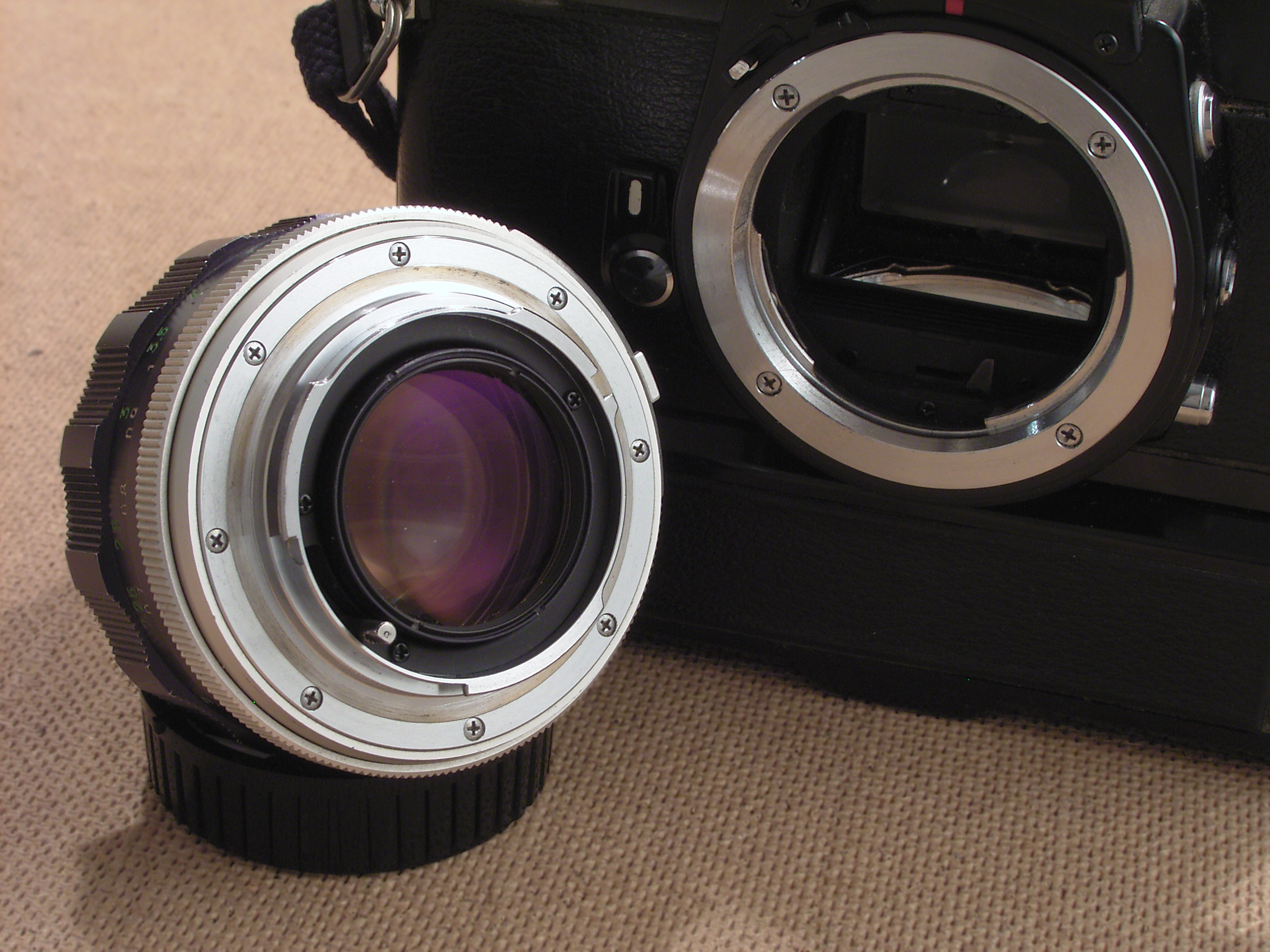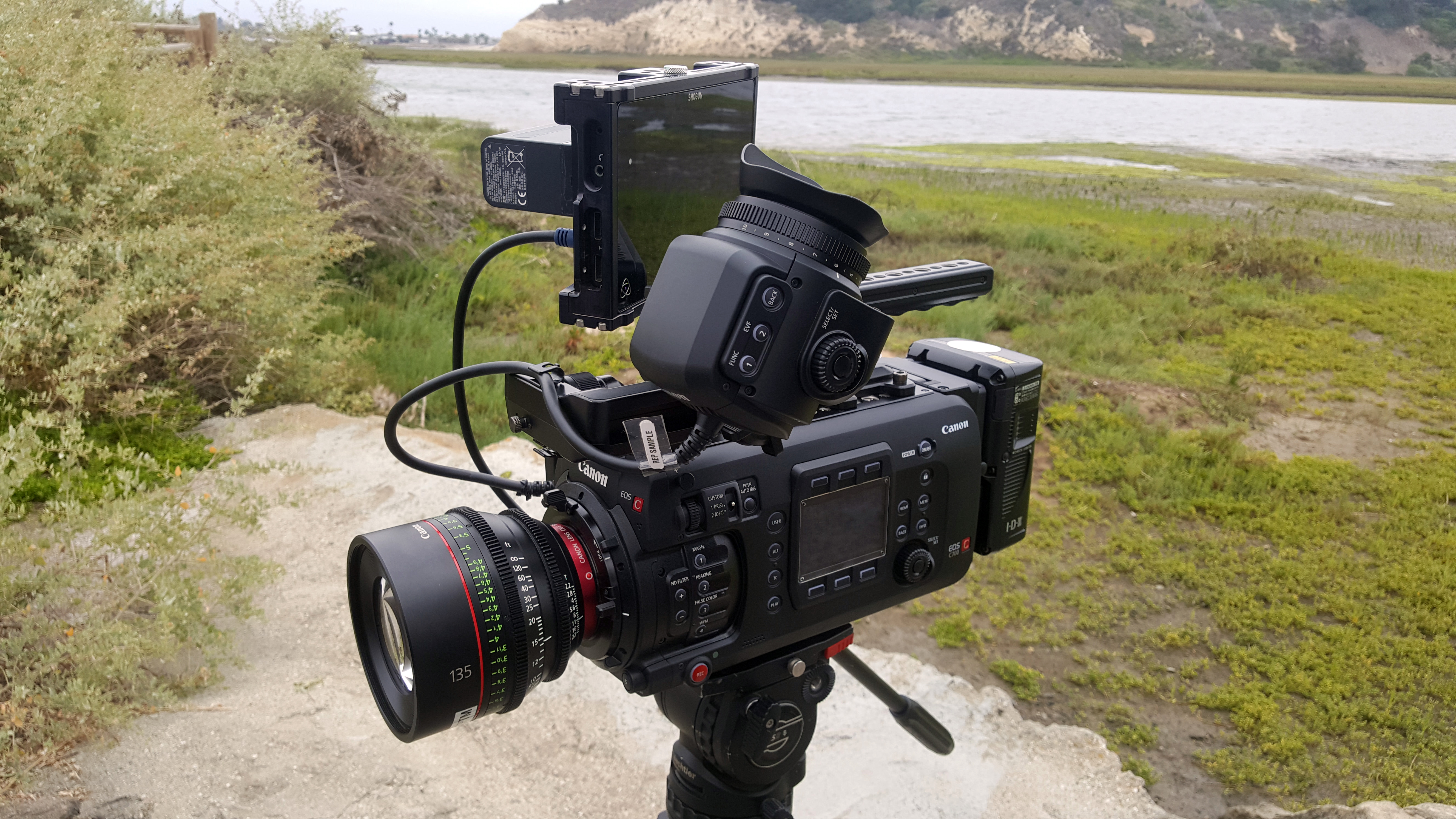|
PV Mount
A PV mount is a lens mount developed by Panavision for use with both 16 mm and 35 mm film and digital movie camera A movie camera (also known as a film camera and cine-camera) is a type of photographic camera that rapidly takes a sequence of photographs, either on an image sensor or onto film stock, in order to produce a moving image to project onto a movie sc ...s of various sensor sizes. It is one of the mounts offered with Panavision cameras and Panavision-designed lenses. Panavision also modifies ("Panavises") its third party camera and lens equipment in the interest of allowing clients to retain their personal preferences regarding equipment. As they are the only company who can offer this, customers wanting to use Panavision lenses on non-Panavision cameras or vice versa must rent this equipment directly through Panavision. The mount itself contains four pronged flanges, one of which contains a locating pin in the center. This pin is normally seated at the bottom of the c ... [...More Info...] [...Related Items...] OR: [Wikipedia] [Google] [Baidu] |
Lens Mount
A lens mount is an interface – mechanical and often also electrical – between a photographic camera body and a lens. It is a feature of camera systems where the body allows interchangeable lenses, most usually the rangefinder camera, single lens reflex type, single lens mirrorless type or any movie camera of 16 mm or higher gauge. Lens mounts are also used to connect optical components in instrumentation that may not involve a camera, such as the modular components used in optical laboratory prototyping which join via C-mount or T-mount elements. Mount types A lens mount may be a screw-threaded type, a bayonet-type, or a breech-lock (friction lock) type. Modern still camera lens mounts are of the bayonet type, because the bayonet mechanism precisely aligns mechanical and electrical features between lens and body. Screw-threaded mounts are fragile and do not align the lens in a reliable rotational position, yet types such as the C-mount interface are still widely in ... [...More Info...] [...Related Items...] OR: [Wikipedia] [Google] [Baidu] |
Panavision
Panavision is an American motion picture equipment company founded in 1953 specializing in cameras and lenses, based in Woodland Hills, California. Formed by Robert Gottschalk as a small partnership to create anamorphic projection lenses during the widescreen boom in the 1950s, Panavision expanded its product lines to meet the demands of modern filmmakers. The company introduced its first products in 1954. Originally a provider of CinemaScope accessories, the company's line of anamorphic widescreen lenses soon became the industry leader. In 1972, Panavision helped revolutionize filmmaking with the lightweight Panaflex 35 mm movie camera. The company has introduced other cameras such as the Millennium XL (1999) and the digital video Genesis (2004). Panavision operates exclusively as a rental facility—the company owns its entire inventory, unlike most of its competitors. Early history Robert Gottschalk founded Panavision in late 1953, in partnership with Richard ... [...More Info...] [...Related Items...] OR: [Wikipedia] [Google] [Baidu] |
16 Mm
16 mm film is a historically popular and economical gauge of film. 16 mm refers to the width of the film (about inch); other common film gauges include 8 and 35 mm. It is generally used for non-theatrical (e.g., industrial, educational, televisual) film-making, or for low-budget motion pictures. It also existed as a popular amateur or home movie-making format for several decades, alongside 8 mm film and later Super 8 film. Eastman Kodak released the first 16 mm "outfit" in 1923, consisting of a camera, projector, tripod, screen and splicer, for US$335 (). RCA-Victor introduced a 16 mm sound movie projector in 1932, and developed an optical sound-on-film 16 mm camera, released in 1935. History Eastman Kodak introduced 16 mm film in 1923, as a less expensive alternative to 35 mm film for amateurs. The same year the Victor Animatograph Corporation started producing their own 16 mm cameras and projectors. During the 1920s, t ... [...More Info...] [...Related Items...] OR: [Wikipedia] [Google] [Baidu] |
35 Mm Movie Film
35 mm film is a film gauge used in filmmaking, and the film standard. In motion pictures that record on film, 35 mm is the most commonly used gauge. The name of the gauge is not a direct measurement, and refers to the nominal width of the 35 mm format photographic film, which consists of strips wide. The standard image exposure length on 35 mm for movies ("single-frame" format) is four perforations per frame along both edges, which results in 16 frames per foot of film. A variety of largely proprietary gauges were devised for the numerous camera and projection systems being developed independently in the late 19th century and early 20th century, as well as a variety of film feeding systems. This resulted in cameras, projectors, and other equipment having to be calibrated to each gauge. The 35 mm width, originally specified as inches, was introduced around 1890 by William Kennedy Dickson and Thomas Edison, using 120 film stock supplied by George Eastman ... [...More Info...] [...Related Items...] OR: [Wikipedia] [Google] [Baidu] |
Movie Camera
A movie camera (also known as a film camera and cine-camera) is a type of photographic camera that rapidly takes a sequence of photographs, either on an image sensor or onto film stock, in order to produce a moving image to project onto a movie screen. In contrast to the still camera, which captures a single image at a time, by way of an intermittent mechanism, the movie camera takes a series of images; each image is a ''frame'' of film. The strips of frames are projected through a movie projector at a specific frame rate (number of frames per second) to show a moving picture. When projected at a given frame rate, the persistence of vision allows the eyes and brain of the viewer to merge the separate frames into a continuous moving picture. History An interesting forerunner to the movie camera was the machine invented by Francis Ronalds at the Kew Observatory in 1845. A photosensitive surface was drawn slowly past the aperture diaphragm of the camera by a clockwork mechanism ... [...More Info...] [...Related Items...] OR: [Wikipedia] [Google] [Baidu] |
Lens Mounts
A lens mount is an interface – mechanical and often also electrical – between a photographic camera body and a lens. It is a feature of camera systems where the body allows interchangeable lenses, most usually the rangefinder camera, single lens reflex type, single lens mirrorless type or any movie camera of 16 mm or higher gauge. Lens mounts are also used to connect optical components in instrumentation that may not involve a camera, such as the modular components used in optical laboratory prototyping which join via C-mount or T-mount elements. Mount types A lens mount may be a screw-threaded type, a bayonet-type, or a breech-lock (friction lock) type. Modern still camera lens mounts are of the bayonet type, because the bayonet mechanism precisely aligns mechanical and electrical features between lens and body. Screw-threaded mounts are fragile and do not align the lens in a reliable rotational position, yet types such as the C-mount interface are still widely in use ... [...More Info...] [...Related Items...] OR: [Wikipedia] [Google] [Baidu] |



